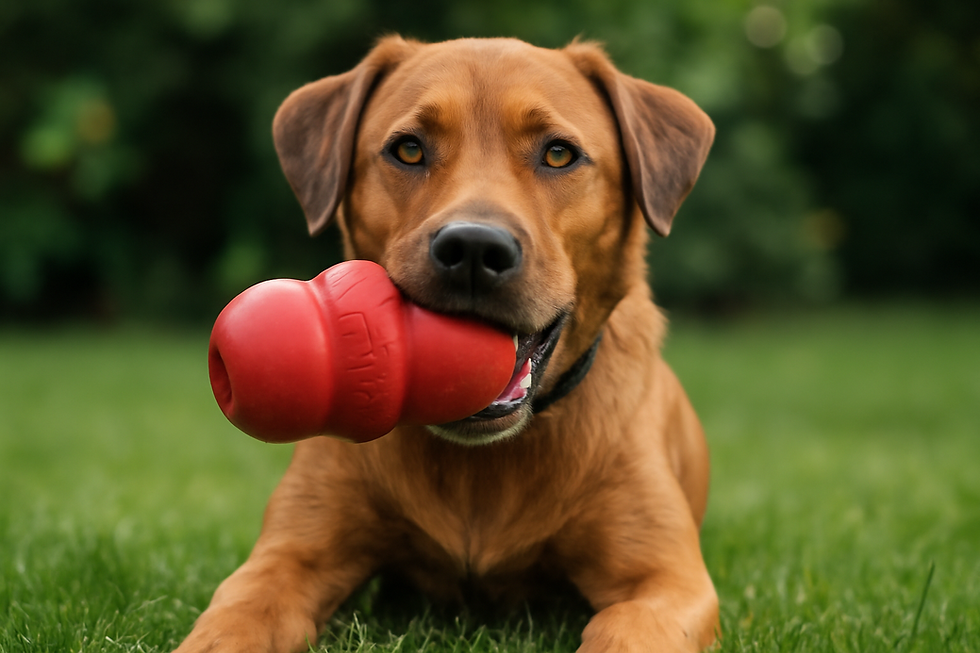Common Mistakes in Feeding Amphibians and How to Avoid Them
- petperchlove
- Mar 1
- 4 min read

Amphibians, including frogs, salamanders, and newts, have unique dietary needs that require careful attention. Many pet owners unknowingly make feeding mistakes that can negatively impact their amphibians' health. Providing the right amphibian food and using high-quality amphibian products is crucial for their well-being. In this article, we will discuss common feeding mistakes and how to avoid them while ensuring your pet thrives.
1. Feeding the Wrong Type of Food
One of the most common mistakes is feeding an amphibian the wrong type of food. Amphibians are carnivorous and primarily consume live insects such as crickets, mealworms, and waxworms. Some amphibians may eat small fish or aquatic invertebrates.
How to Avoid:
Research the specific dietary requirements of your amphibian species.
Offer a variety of appropriately sized live insects.
Use reputable sources like Kwik Pets to find high-quality reptile and amphibian food.
2. Not Providing a Balanced Diet
Amphibians need a variety of nutrients to stay healthy. Relying on just one type of food can lead to deficiencies, causing poor growth, metabolic bone disease, and a weakened immune system.
How to Avoid:
Supplement their diet with calcium and vitamins.
Gut-load feeder insects before offering them to your amphibian.
Rotate different food options like crickets, earthworms, and small snails.
3. Overfeeding or Underfeeding
Feeding too much or too little can cause serious health problems. Overfeeding can lead to obesity, while underfeeding can result in malnutrition.
How to Avoid:
Feed juvenile amphibians daily and adults every 2-3 days, depending on the species.
Observe your pet’s body condition and adjust feeding frequency accordingly.
Follow feeding guidelines provided by experts and reputable pet suppliers like Kwik Pets.
4. Offering Improperly Sized Food
Amphibians have small, delicate mouths, and offering prey that is too large can cause choking or digestive issues.
How to Avoid:
Ensure that the food is no larger than the width of your amphibian’s head.
Offer small-sized insects or cut up worms if necessary.
Purchase correctly sized reptile and amphibian food from trusted suppliers.
5. Not Using Gut-Loaded or Supplemented Insects
Feeding amphibians insects that lack proper nutrition can result in deficiencies in calcium and vitamins.
How to Avoid:
Always gut-load feeder insects with nutritious food 24 hours before feeding.
Dust insects with calcium powder and a vitamin supplement.
Look for fortified amphibian food options available at Kwik Pets.
6. Ignoring Hydration Needs
Many amphibians absorb water through their skin rather than drinking directly. Dehydration can be life-threatening.
How to Avoid:
Keep humidity levels appropriate for your amphibian’s species.
Provide a shallow water dish with clean, dechlorinated water.
Mist the enclosure regularly to maintain moisture levels.
7. Feeding Processed or Inappropriate Human Food
Amphibians cannot digest processed human food, and some ingredients can be toxic to them.
How to Avoid:
Stick to natural, species-appropriate food sources.
Avoid feeding amphibians bread, dairy, or processed meats.
Purchase high-quality reptile and amphibian food from reputable stores like Kwik Pets.
8. Ignoring Seasonal Dietary Changes
Many amphibians eat less during colder months due to their natural biological rhythms.
How to Avoid:
Monitor your pet’s appetite and adjust feeding accordingly.
Reduce food frequency in winter if your amphibian’s metabolism slows down.
Ensure proper heating and lighting in their enclosure to maintain healthy feeding habits.
9. Not Cleaning Feeding Areas
Leftover food can attract pests and promote bacteria growth, leading to health issues for your amphibian.
How to Avoid:
Remove uneaten food promptly after feeding.
Clean the feeding area regularly to prevent contamination.
Use high-quality feeding accessories from Kwik Pets to maintain hygiene.
Final Thoughts
Feeding amphibians correctly is essential for their health and longevity. By avoiding common mistakes such as improper food choices, overfeeding, and neglecting nutritional supplements, you can ensure that your pet thrives. Always choose high-quality amphibian products and reptile and amphibian food from trusted suppliers like Kwik Pets to support your pet’s dietary needs. With proper care and attention, your amphibian will enjoy a healthy and active life!
Frequently Asked Questions (FAQs)
1. What is the best amphibian food for pet frogs?
The best food for pet frogs includes live insects such as crickets, mealworms, and small roaches. Some species may also eat small fish or worms. Kwik Pets offers a range of high-quality reptile and amphibian food to meet their nutritional needs.
2. How often should I feed my amphibian?
Feeding frequency depends on the species and age of your amphibian. Juveniles typically need daily feeding, while adults can be fed every 2-3 days. Adjust portions based on their health and activity levels.
3. Can amphibians eat vegetables or fruits?
Most amphibians are carnivorous and do not eat plant-based food. Instead, they require live prey such as insects, worms, and small aquatic creatures.
4. How do I gut-load feeder insects?
Gut-loading involves feeding insects with nutrient-rich foods 24 hours before offering them to your amphibian. Use leafy greens, carrots, and commercial gut-loading diets to enhance their nutritional value.
5. Where can I buy high-quality reptile and amphibian food?
You can find a variety of high-quality amphibian food and feeding accessories at Kwik Pets, ensuring that your pet gets the best nutrition available.



Comments